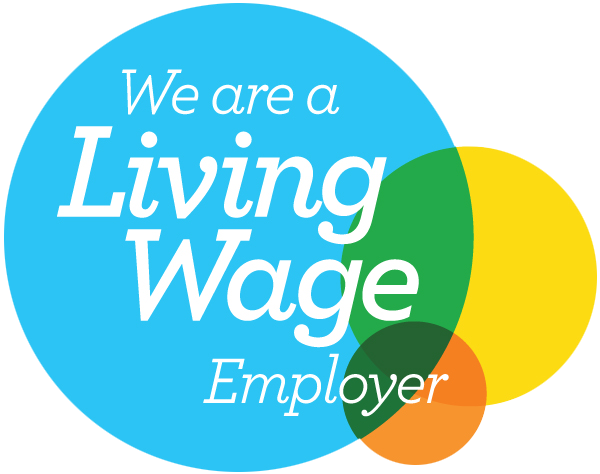
There is some crossover between businesses and job roles between both, and this can cause some confusion. If you’re wondering what is the difference between the two sectors, keep reading as we detail both.
The term ‘private sector’ refers to businesses that have no affiliation to the government and that are privately owned, operating on a for-profit basis. As a business owner, you most likely fall into the private sector. It is thought that there are in the region of six million private sector businesses in the UK, employing more than 27 million people between them.
Almost any business can be a private sector company, with examples including:
There are many other types of industries that fall into the private sector, but these are just a few of the options.
In contrast to the private sector, the public sector is comprised of businesses that are owned, controlled and funded by the government. In the UK, approximately 5.3 million people are employed in the public sector.
In the UK, examples of public sector businesses might include:
The government also employs a multitude of staff across the social care, emergency services, refuse collection, education and law enforcement sectors.
On occasion, public sector organisations will employ the services of the private sector. Examples might include:
There are more private businesses than public sector businesses, meaning there are naturally more job opportunities for people in the private sector than in the public sector. Despite this, there are multiple job roles that can be found across both sectors, including in healthcare, broadcasting, and banking.
The pay grades across both sectors will differ greatly – even for the same job role. The public sector is controlled by the government which means their funding is dependent on government allowances. As public sector businesses are not for profit, they don’t have as much disposable income to bump up wages at a whim. Typically, public sector workers will be employed on pay grades and they will need to work through the different grades to get a pay increase.
A good example of this is the NHS pay band system – the higher the band, the higher the pay, but it takes a while to move through bands. In specific roles like administration, there is only so far you can go, meaning pay may become stagnant at some point.
One benefit, though, is that public sector employees tend to be offered more comprehensive pay packages and benefits, though this can be mirrored in the private sector. In the public sector, whilst there will be budget constraints, there is far more opportunity to grow profits and have out of cycle pay rises throughout the year. In this sector, businesses set their own salaries. Private companies can use Paydata’s salary benchmarking service to see what employees across the sector are being paid and what they should be looking to pay their employees.
Whilst the pay might differ, the public sector can offer more job stability. There will always be a need for public sector services such as healthcare, local authorities and law enforcement, meaning those employed in the public sector typically aren’t affected by the threat of redundancy or going under due to financial losses.
In contrast, the private sector can be slightly more volatile in terms of job stability, although there are usually more progression opportunities and chances for promotion within one company.
As mentioned, whilst there will be some job crossover between the public and private sectors, the pay won’t necessarily correlate. As a private sector business, you may need to be more competitive with your pay. Paydata can help with this.
To find out more about our salary benchmarking service, please contact us.
Sign up for briefings on pay benchmarking, salary surveys, reward strategy and statistical updates.
sign up for updates
© Paydata Ltd 2025 All rights reserved.
Registered in England no: 3632206
VAT no: 728 0808 28
Paydata Ltd, 24 Commerce Road, Lynch Wood, Peterborough, Cambridgeshire, PE2 6LR

